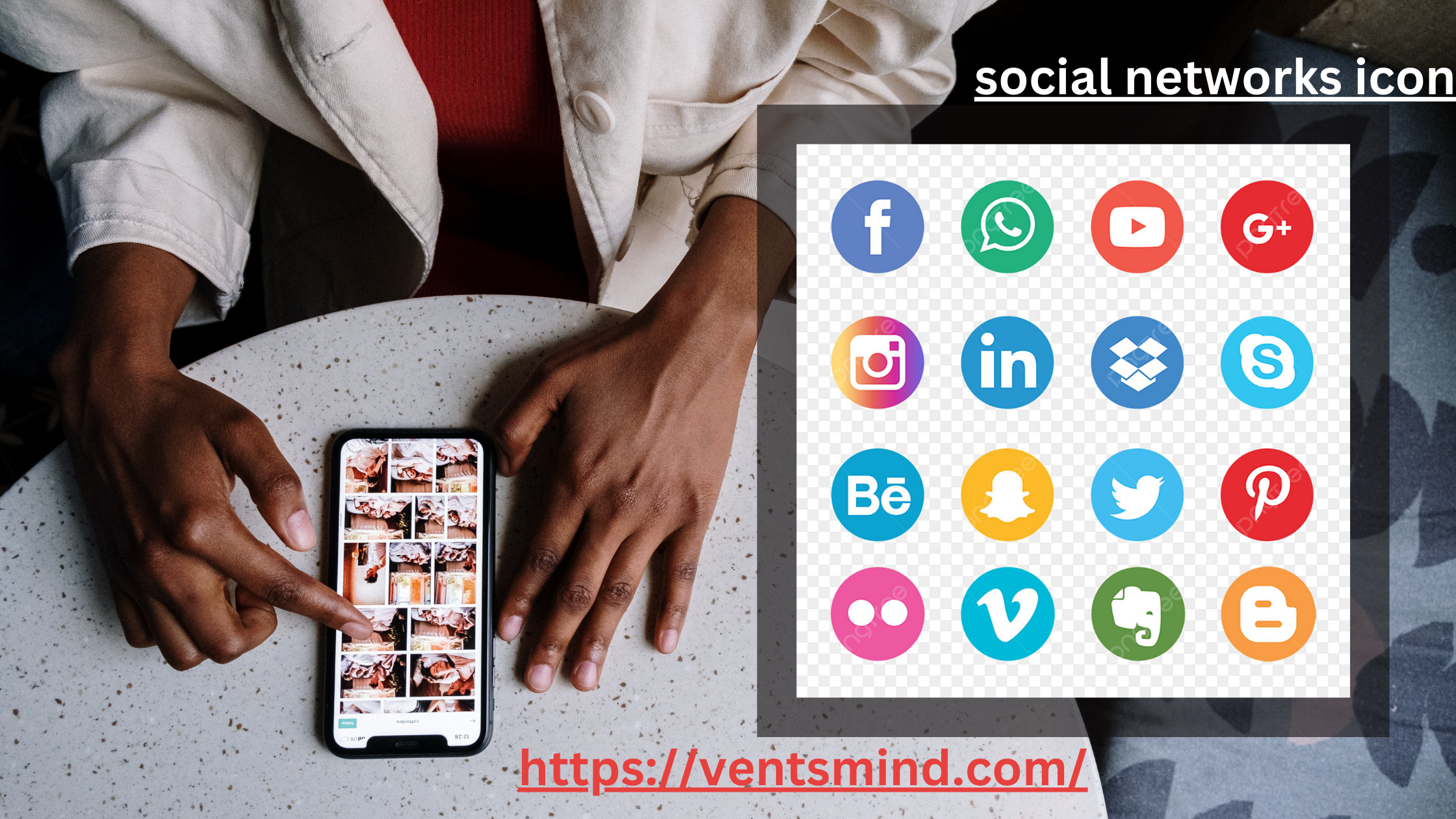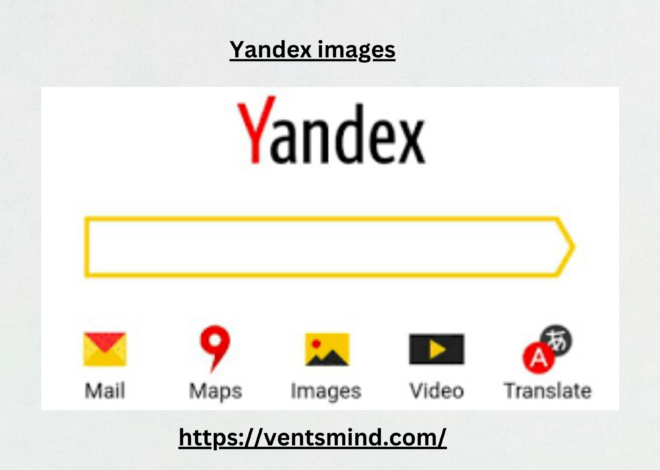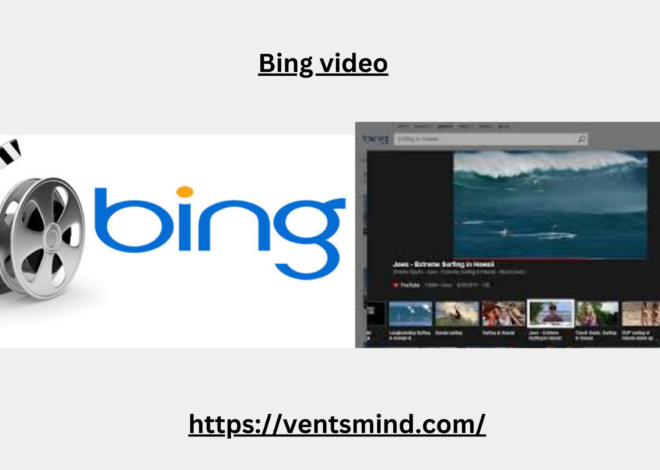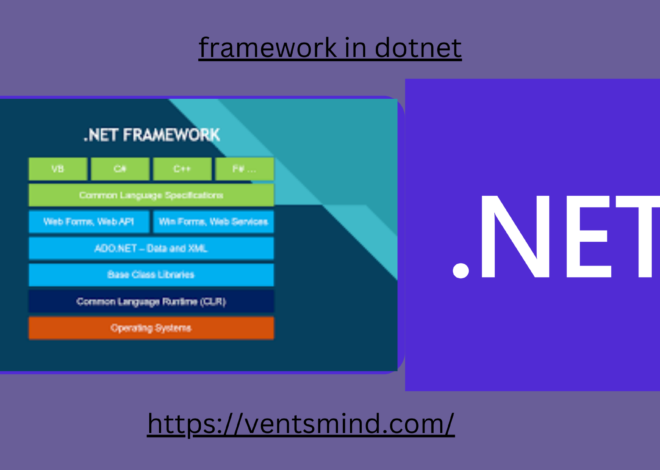
The Best Importance of Social Networks Icons in Modern Digital Communication In 2024
In today’s digital age, the social networks icon has become a ubiquitous symbol. These small yet powerful icons are seen everywhere, from websites and apps to marketing materials and advertisements. They are not just images or logos; they represent vast digital communities that enable people to connect, share, and interact with others around the globe. Whether it’s Facebook, Twitter, Instagram, or LinkedIn, the social networks icon acts as a gateway, facilitating seamless communication between users and platforms.
In this article, we’ll explore the importance of these icons, their history, how they contribute to brand identity, and their role in boosting engagement. We will also discuss best practices for utilizing the social networks icon to optimize visibility and enhance user experience.
The Evolution of Social Networks Icons
The social networks icon has undergone significant transformation since its inception. In the early days of the internet, social platforms were few, and the concept of using an icon to represent a network was relatively new. Icons such as the “f” for Facebook, the bird for Twitter, or the camera for Instagram were designed to be simple yet recognizable. These icons quickly became shorthand for the platforms they represented, allowing users to instantly recognize and connect with the social network.
As more platforms emerged, each with its distinct social networks icon, these symbols became a fundamental part of web design. Today, virtually every website incorporates these icons to drive engagement, making them indispensable in modern digital communication.
Why Are Social Networks Icons So Important?
- Instant Recognition
The primary purpose of a social networks icon is to be instantly recognizable. Users don’t need to read text or navigate through multiple layers of a website; the icon serves as an immediate link to the social network. This visual shorthand allows users to quickly identify the platform and engage with it. - Brand Association
Each social networks icon is an extension of a brand’s identity. Whether it’s the blue of Facebook, the gradient hues of Instagram, or the professional blue of LinkedIn, these colors and shapes are carefully chosen to evoke the platform’s brand values and mission. Incorporating these icons into a website or marketing material can help associate a brand with a particular social platform, building trust and credibility. - Enhanced User Experience
Incorporating a social networks icon into a website or digital product can enhance user experience by providing a direct path to the brand’s social presence. It saves users time and effort, offering a convenient way to follow, share, or engage with content across different platforms. The easier it is for users to interact, the more likely they are to become loyal followers or customers. - Increased Engagement and Traffic
One of the most significant benefits of using a social networks icon is its ability to increase user engagement. By integrating these icons on websites, blogs, or emails, brands encourage users to connect and share content on their own social networks. This drives organic traffic, boosts brand awareness, and can even lead to viral content sharing. - SEO Benefits
While the social networks icon itself doesn’t directly impact SEO, the social engagement it fosters can indirectly affect search engine rankings. When users share content across social platforms, it signals to search engines that the content is valuable and engaging, which can improve visibility in search results.
Best Practices for Using Social Networks Icons
- Consistency is Key
It’s essential to maintain consistency when using a social networks icon. Ensure that the icons used on your website or marketing materials are the official versions provided by the platforms. Altering the design, color, or size of these icons can confuse users and weaken brand credibility. - Position Icons Strategically
The placement of the social networks icon on a webpage can significantly impact its effectiveness. Place these icons in areas where users are more likely to engage with them, such as the header, footer, or alongside shareable content. Avoid cluttering the page with too many icons; instead, prioritize the platforms that align with your brand’s target audience. - Optimize for Mobile Devices
As more users access websites via mobile devices, it’s crucial to ensure that the social networks icon is mobile-friendly. Icons should be easily clickable, responsive, and visually appealing on both desktop and mobile platforms. The mobile experience is vital in ensuring high engagement rates from users who may want to quickly share or follow content while on the go. - Use Clear Calls to Action
A social networks icon should not be placed on a website without a clear purpose. Encourage users to engage with your brand by adding clear calls to action such as “Follow us on Facebook” or “Share this on Twitter.” This directive can increase the likelihood of users interacting with the icon and engaging with your brand’s social media profiles. - Maintain Updated Links
Make sure the social networks icon links to the correct and up-to-date social media profiles. Broken links or outdated profiles can frustrate users and reflect poorly on the brand’s digital presence.
How Social Networks Icons Boost Brand Identity
The social networks icon is not just a visual element but an essential part of a brand’s identity. When a user clicks on a Facebook or Instagram icon, they expect to be directed to a social media page that reflects the brand’s voice, mission, and values. As such, companies need to align their social media presence with their overall brand identity. Here’s how a social networks icon can reinforce this connection:
- Reinforcing Visual Identity
The visual design of a social networks icon should align with a brand’s colors, fonts, and overall aesthetic. By ensuring consistency across all touchpoints—website, social media, and marketing materials—the brand can reinforce its visual identity, making it more memorable to users. - Building Community
A well-placed social networks icon invites users to join a community. This sense of belonging fosters stronger relationships between the brand and its audience. Social networks allow users to engage in conversations, ask questions, and share their experiences, further strengthening the brand’s identity. - Fostering Trust
Having a recognizable social networks icon on a website adds legitimacy to the brand. Users are more likely to trust a brand with active social media profiles, as these platforms serve as public forums where customers can see real-time feedback, reviews, and interactions.
The Future of Social Networks Icons
As social media continues to evolve, the social networks icon will likely adapt to new platforms and technologies. Already, we are seeing icons representing newer platforms like TikTok becoming as instantly recognizable as Facebook or Twitter. Furthermore, the introduction of virtual reality, augmented reality, and other advanced technologies could influence the design and use of these icons.
However, no matter how much the digital landscape evolves, the core function of a social networks icon will remain the same: to serve as a gateway to online communities, facilitating human connection and interaction. As brands continue to focus on optimizing user experience, the strategic use of these icons will only grow in importance.
Conclusion
In the world of digital marketing and communication, the social networks icon holds immense value. From promoting brand identity to increasing engagement, these small yet powerful symbols are essential tools for navigating the social media landscape. By using these icons strategically and effectively, brands can enhance their online presence, foster stronger relationships with their audience, and ultimately drive success in a competitive digital environment.
By following best practices and recognizing the importance of the social networks icon, businesses can stay ahead of the curve and continue to leverage the power of social media for growth and engagement.


